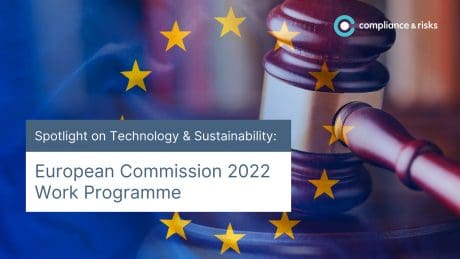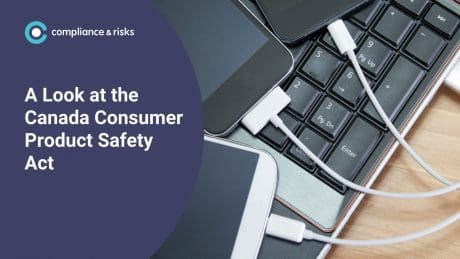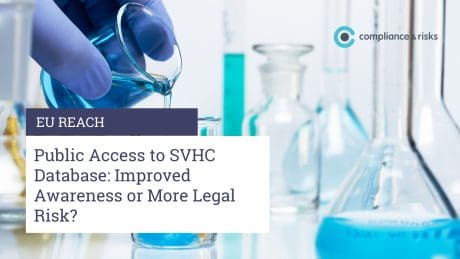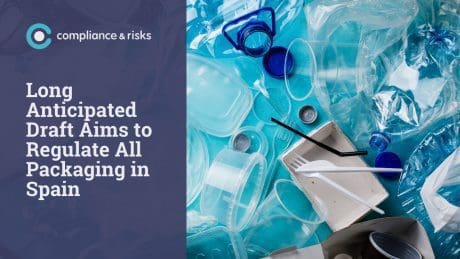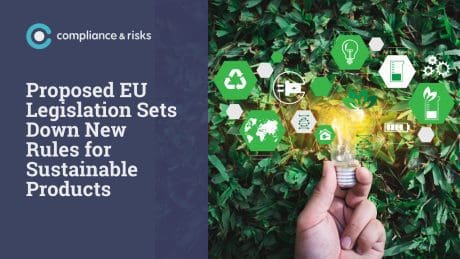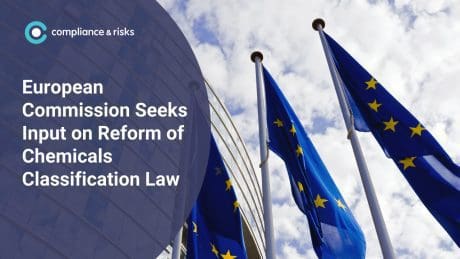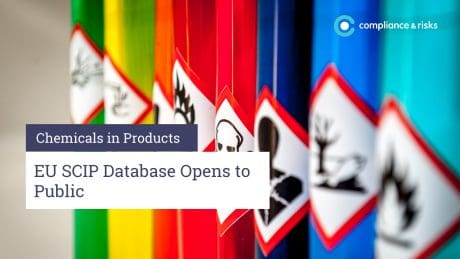
Canada’s Extended Producer Responsibility Legislation
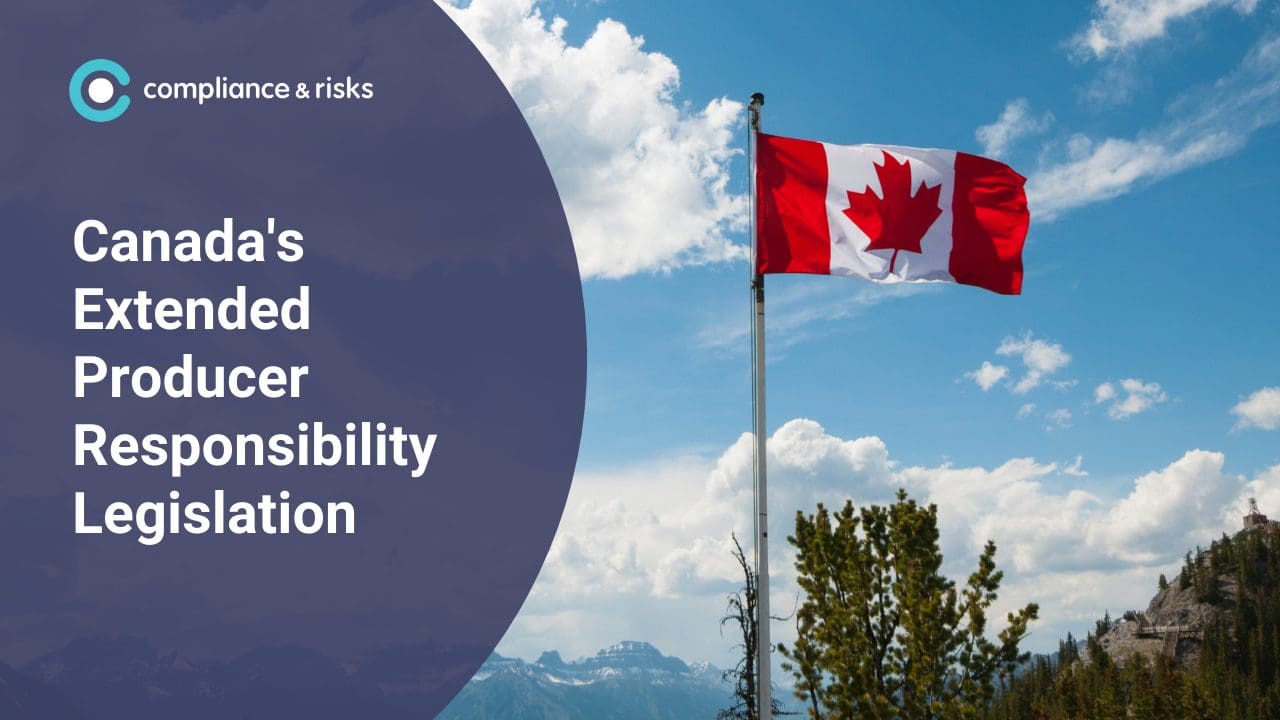
 Canada is at an interesting crossroads when it comes to extended producer responsibility (EPR) legislation. While no such legislation currently exists at the federal level, the Canadian Council of Ministers of the Environment has published an “Action Plan for Extended Producer Responsibility” and provinces and territories have adopted their own laws.
Canada is at an interesting crossroads when it comes to extended producer responsibility (EPR) legislation. While no such legislation currently exists at the federal level, the Canadian Council of Ministers of the Environment has published an “Action Plan for Extended Producer Responsibility” and provinces and territories have adopted their own laws.
But does this equate to growing momentum for future federal EPR legislation? This article takes a look at the EPR Action Plan and some existing provincial EPR laws regarding batteries, packaging and WEEE before attempting to answer this question.
The EPR Action Plan
This supports a national move towards greater producer responsibility, including work towards transforming product stewardship initiatives into full EPR programmes. The plan identifies the following post-consumer products for management: packaging, printed materials, mercury containing lamps, other mercury containing products, household hazardous and special wastes, automotive waste, and e-waste. In each instance, the plan seeks to increase the diversion and recycling of municipal solid waste through the harmonization of provincial EPR programmes.
Battery EPR
At the provincial level, legislation concerned with regulating the collection, processing, recycling and/or disposal of used batteries varies. It seems that several Canadian provinces are considering legislation that would impose EPR on battery manufacturers while, later in 2021, Quebec is anticipated to circulate a draft set of battery EPR regulations intended for incorporation into existing legislation. Separate to this, a draft battery recycling law has been proposed in Ontario. If adopted, this law would apply to single-use (primary) and rechargeable batteries weighing 5 kg or less and sold separately in the province (i.e. it would not apply to battery containing products like electric toothbrushes, smart phones and such like).
Packaging EPR
British Columbia, Manitoba, Ontario, Quebec and Saskatchewan have all adopted packaging EPR legislation. The laws provide for “Packaging and Printed Paper Programmes” under which companies must submit the amount of packaging and paper materials they are placing on the market, including boxboard, glass, aluminum, plastics, steel and more.
While these programmes differ from province to province – for example, in Ontario industry is responsible for funding 50% of the costs for operating a packaging printed paper recycling programme, while in Manitoba, industry is responsible for 80% of costs – there are many similarities when it comes to who is obligated. Indeed, each of the provincial laws stipulate that the legislation falls upon:
- Companies that are residents within the provinces (i.e. by means of a permanent establishment such as a store or warehouse);
- Companies who are a brand owner, first importer or franchiser of one or more products sold with packaging or that supplies printed material that is managed in the residential waste stream; and/or
- Companies that generate designated waste in the provinces
E-Waste / WEEE EPR
Some legislation has been adopted, with Ontario’s Recycling of EEE Regulation and the Northwest Territories’ Electronics Recycling Regulations probably the two most prominent laws. EPR programmes are also in place. These programmes have been developed by industry and are funded by consumers through an “eco-fee” applied at the time of product purchase. Borrowing from the EU, these programmes pursue an industry-managed and financed approach to provide flexibility to product manufacturers and brand owners.
Is Future Federal EPR Legislation on the Cards?
While difficult to read, the answer is probably not in the short-to-medium term. This is partly on account of the EPR Action Plan being longstanding and, seemingly, not proving a spur for Canadian politicians to develop and adopt a federal EPR regime. In turn, this is likely reflective of governance at the provincial level proving successful, including the fact that various provinces and territories have adopted legislation (not just one or two with the rest as laggards).
In the longer term, however, questions over the ownership of assets could pave the way for a federal intervention. In particular, will municipalities want to continue collecting materials as service providers to producers? And, if so, how might revenue share be structured such that it is perceived as fair to all parties? These are complex issues that, in the years to come, could propel the drafting of federal legislation to provide country-wide answers. We wait and see.
Want access to in-depth analysis on extended producer responsibility and more from our expert Knowledge Partner Network? Sign up to our newsletter!
